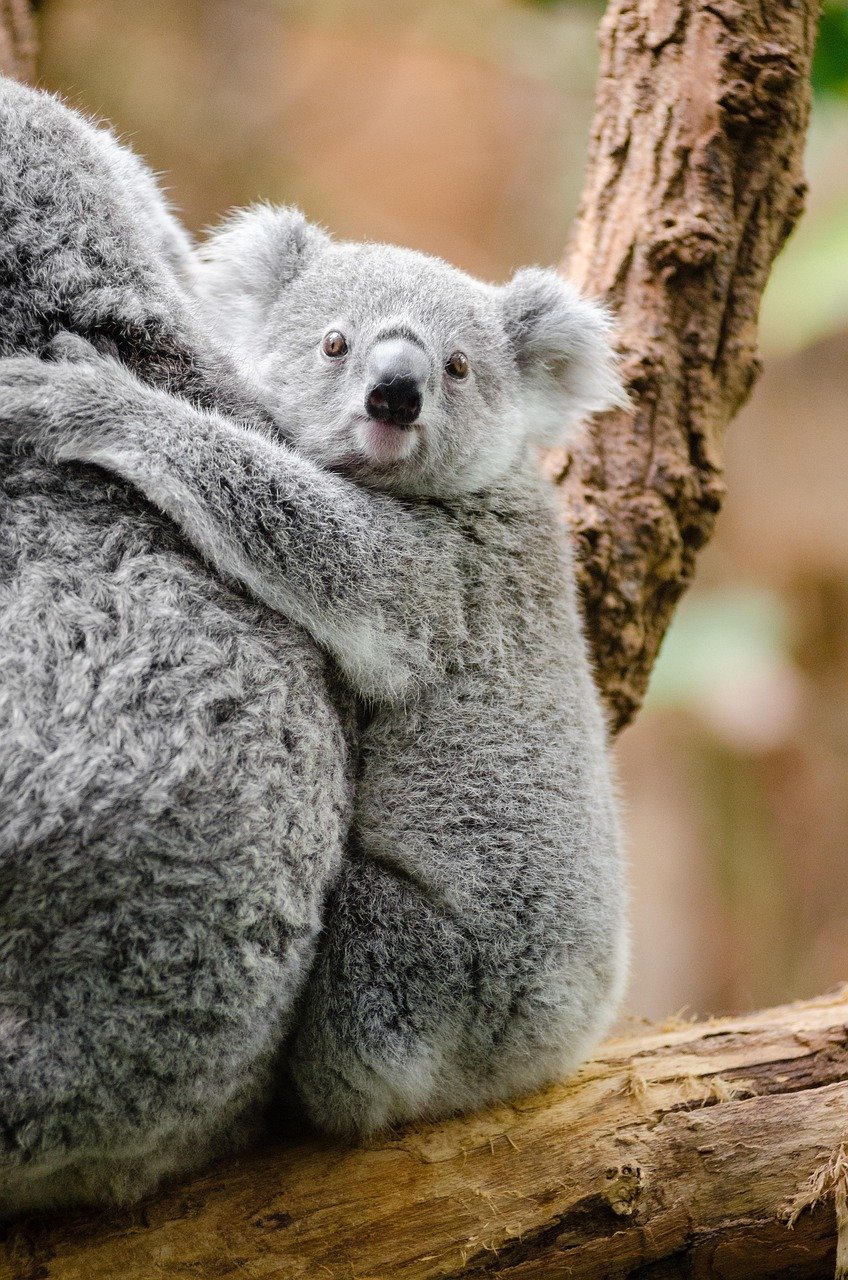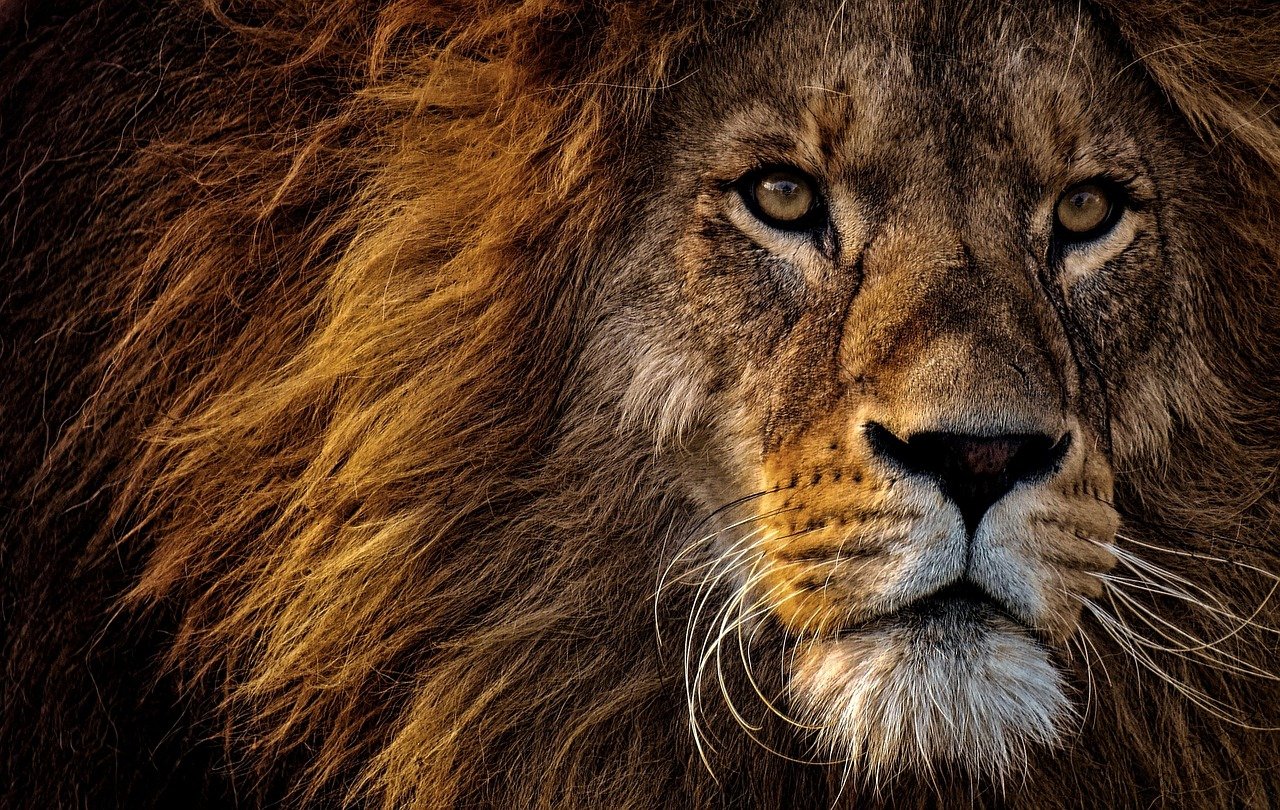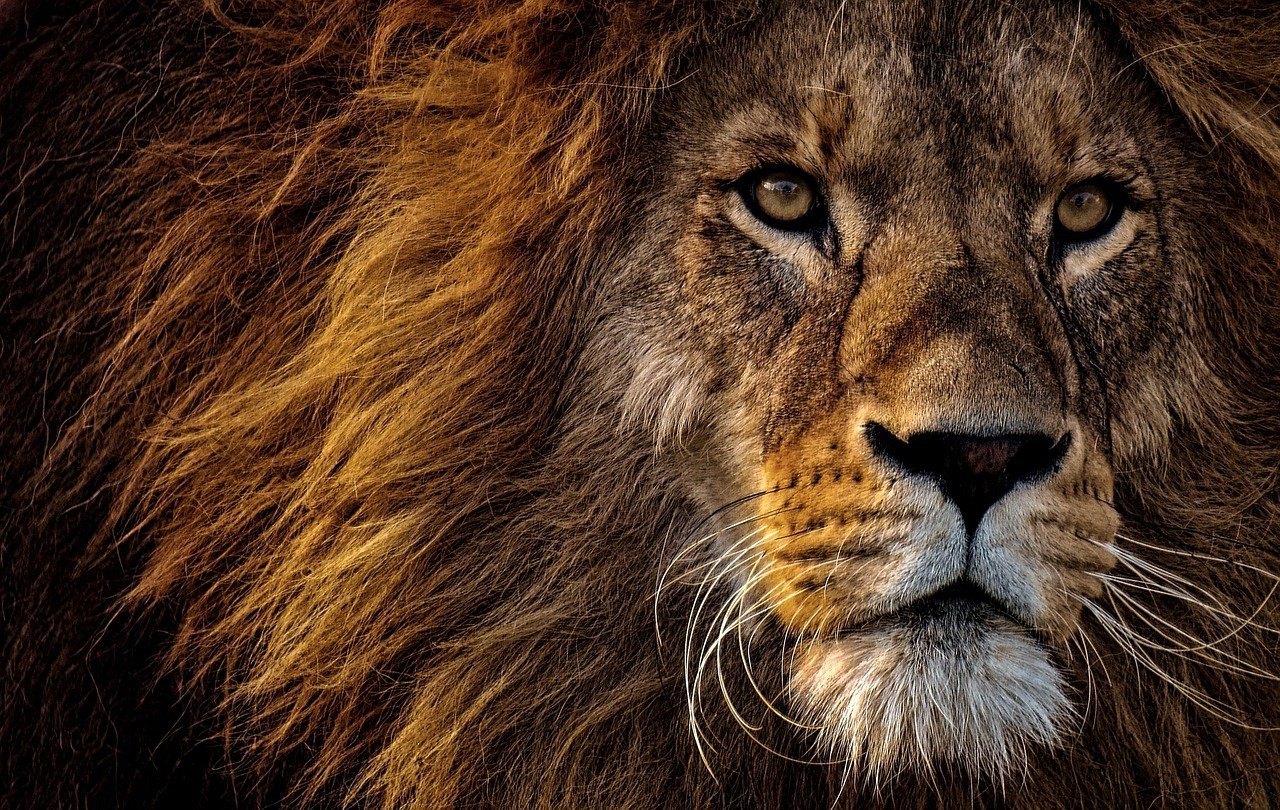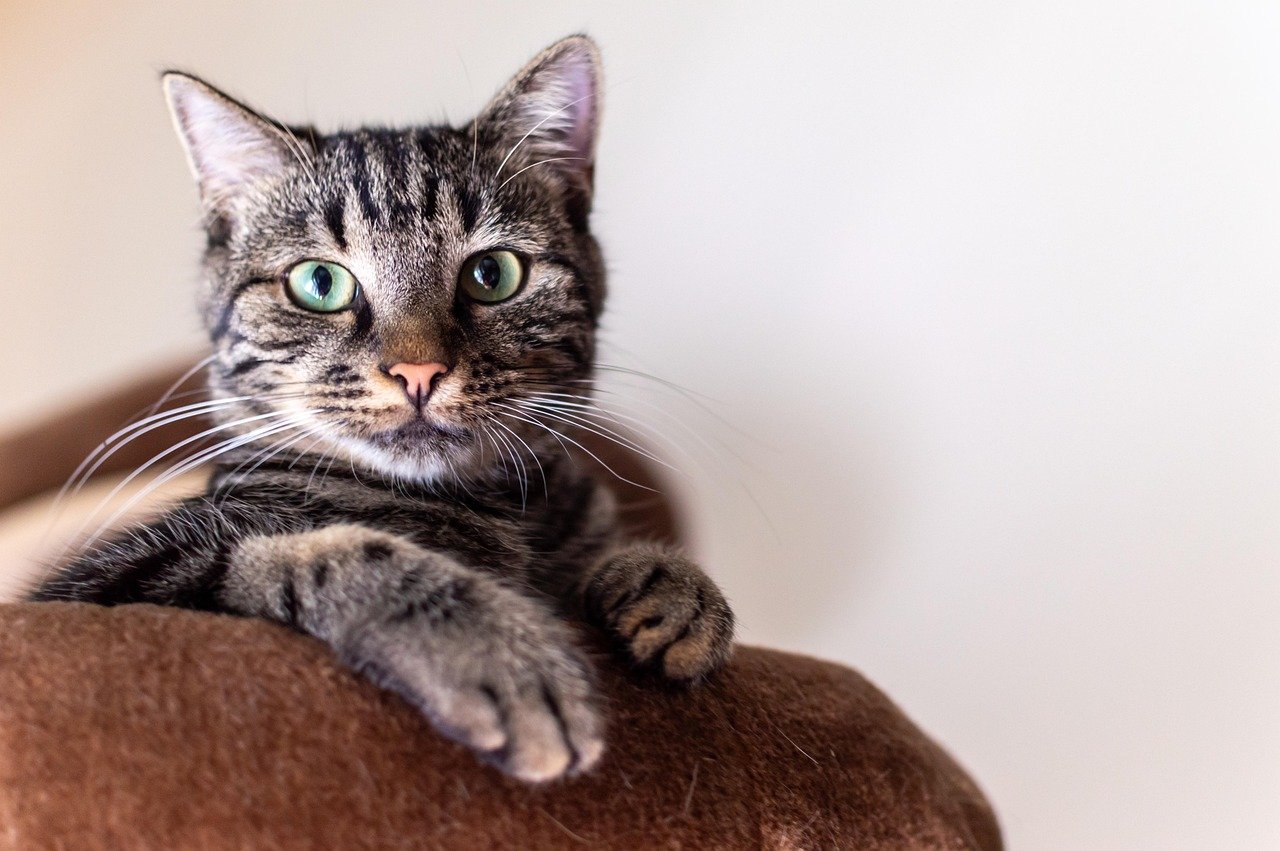Smilodon: The Bone-Crushing Powerhouse

You’ve probably seen this iconic cat in museums, but did you know Smilodon’s bite force was weaker than a modern lion’s? What made this predator terrifying wasn’t just those famous fangs – it was the incredible muscle mass in its shoulders and arms.
These cats were built like linebackers, with forelimbs so powerful they could wrestle down prey twice their size. Their hunting strategy relied on ambush tactics, using those massive muscles to pin down giant ground sloths and ancient horses. The fangs were just the finishing touch on an already deadly package.
Thylacosmilus: The Marsupial Impostor

Here’s a mind-bender that’ll make you question everything you thought you knew about saber-toothed cats. Thylacosmilus wasn’t actually a cat at all – it was a marsupial, like a kangaroo with an attitude problem.
This South American predator evolved its saber teeth completely independently from true cats, proving that nature loves a good design so much it’ll invent it twice. Unlike real cats, Thylacosmilus had pouches and gave birth to tiny, underdeveloped babies. Talk about convergent evolution showing off!
Machairodus: The Original Saber-Tooth

Before Smilodon became the poster child for prehistoric predators, Machairodus was already perfecting the saber-tooth lifestyle millions of years earlier. This cat was like the prototype that inspired all the others that followed.
What made Machairodus special wasn’t just being first – it was their incredible adaptability. These cats spread across Africa, Asia, and Europe, adjusting their hunting techniques to local prey. Some populations developed longer fangs for piercing thick hides, while others kept theirs shorter for precision strikes.
Barbourofelis: The False Saber-Tooth

Plot twist: Barbourofelis looked like a saber-toothed cat, hunted like one, and even had those distinctive fangs, but it wasn’t technically a true cat. This predator belonged to a completely different family called nimravids, or “false cats.”
Despite being evolutionary cousins rather than siblings, Barbourofelis developed remarkably similar adaptations to true saber-tooths. Their fangs were proportionally longer than Smilodon’s, and they had a unique jaw structure that let them open their mouths wider than any cat alive today. Nature’s way of saying, “If it works, why mess with it?”
Homotherium: The Scimitar Cat

While other saber-tooths were busy perfecting the art of the ambush, Homotherium took a completely different approach. These cats were built for endurance hunting, with long legs and a sloping back that made them look more like hyenas than typical cats.
Their “scimitar” teeth were shorter and more curved than classic saber-teeth, perfect for slicing rather than stabbing. Homotherium could pursue prey across vast distances, using pack hunting strategies that would make wolves jealous. They were the marathon runners of the saber-tooth world.
Dinofelis: The Versatile Hunter

Dinofelis proves that you don’t need massive fangs to be a successful predator. These cats had moderately sized canine teeth but made up for it with incredible versatility and intelligence.
What’s fascinating about Dinofelis is how they adapted to different environments across Africa and Asia. Some populations specialized in hunting primates, possibly including early human ancestors. Their fossils have been found alongside hominin remains, suggesting these cats might have shaped human evolution by forcing our ancestors to develop better tools and social cooperation.
Xenosmilus: The Cookie-Cutter Cat

Xenosmilus had fangs that were built like serrated knives, with tiny ridges along the edges that worked like saw blades. This unique adaptation allowed them to slice through flesh and bone with surgical precision.
These cats were relatively small compared to their saber-toothed cousins, but their specialized teeth made them incredibly efficient killers. They lived in Florida during the Pleistocene, where their cookie-cutter fangs were perfect for processing the tough hides of giant armadillos and ground sloths. Sometimes it’s not about size – it’s about having the right tools for the job.
Paramachairodus: The Transitional Predator

Paramachairodus represents a crucial evolutionary stepping stone between normal cats and full-blown saber-tooths. These cats had elongated canine teeth, but they weren’t quite the dramatic daggers we associate with later species.
What makes Paramachairodus particularly interesting is how they show us evolution in action. Different populations developed varying fang lengths depending on their prey, with some groups gradually developing longer teeth over millions of years. They’re like a snapshot of evolution’s workshop, showing us how nature experiments with different designs before settling on the most effective one.
Conclusion: More Than Just Deadly Smiles

These eight remarkable predators prove that saber-toothed cats were far more diverse and sophisticated than their fearsome reputation suggests. From marsupial mimics to endurance hunters, each species developed unique adaptations that went far beyond their iconic fangs.
What’s truly amazing is how these cats repeatedly evolved similar solutions to the same problems across different continents and time periods. Their legacy lives on in the genetic memory of every house cat that ever pounced on a toy mouse. Which of these ancient hunters surprised you the most?
Hi, I’m Bola, a passionate writer and creative strategist with a knack for crafting compelling content that educates, inspires, and connects. Over the years, I’ve honed my skills across various writing fields, including content creation, copywriting, online course development, and video scriptwriting.
When I’m not at my desk, you’ll find me exploring new ideas, reading books, or brainstorming creative ways to solve challenges. I believe that words have the power to transform, and I’m here to help you leverage that power for success.
Thanks for stopping by, Keep coming to this website to checkout new articles form me. You’d always love it!






